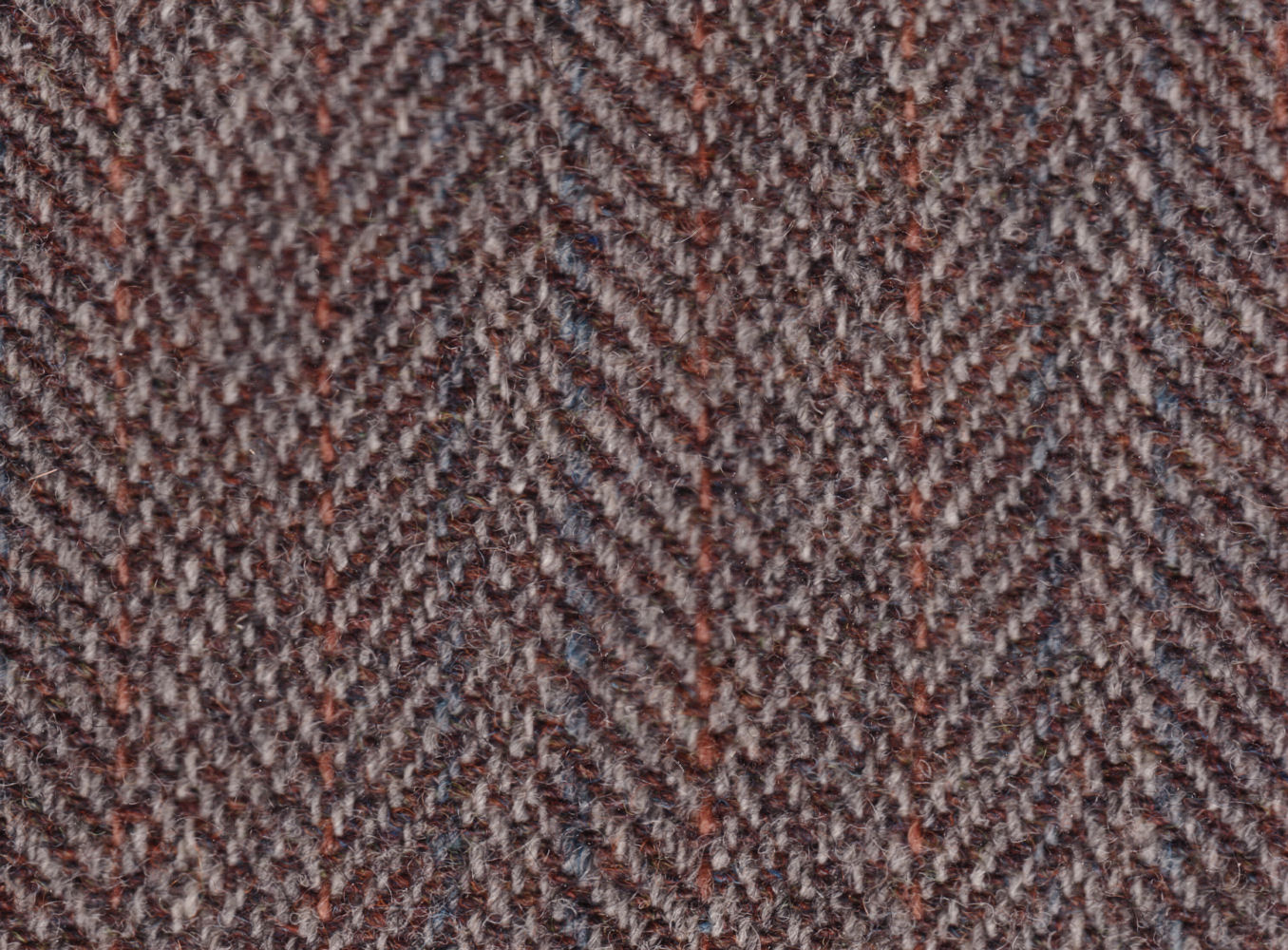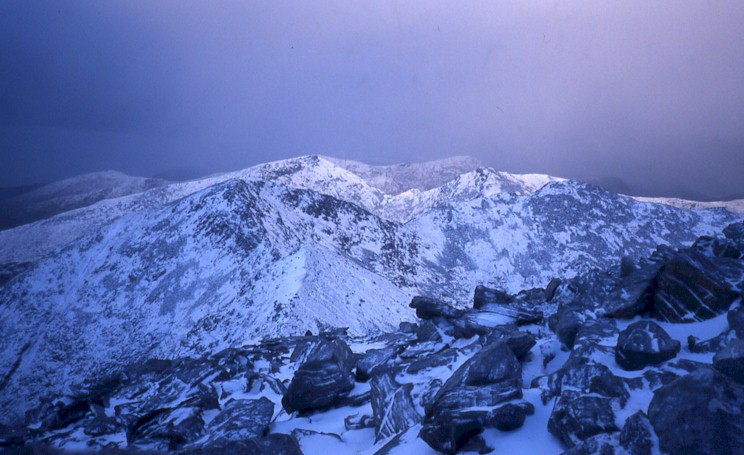|
Tweed
Tweed is a rough, woollen fabric, of a soft, open, flexible texture, resembling cheviot or homespun, but more closely woven. It is usually woven with a plain weave, twill or herringbone structure. Colour effects in the yarn may be obtained by mixing dyed wool before it is spun. Tweeds are a staple of traditional Scottish, Irish, Welsh, and English clothing, being desirable for informal outerwear, due to the material being moisture-resistant and durable. Tweeds are made to withstand harsh climates and are commonly worn for outdoor activities such as shooting and hunting. In Ireland, tweed manufacturing is now most associated with County Donegal but originally covered the whole country. In Scotland, tweed manufacturing is most associated with the Isle of Harris in the Hebrides. Etymology The original name of the cloth was ''tweel'', Scots for twill, the material being woven in a twilled rather than a plain pattern. A traditional story has the name coming about almost by ... [...More Info...] [...Related Items...] OR: [Wikipedia] [Google] [Baidu] |
River Tweed
The River Tweed, or Tweed Water, is a river long that flows east across the Border region in Scotland and northern England. Tweed cloth derives its name from its association with the River Tweed. The Tweed is one of the great salmon rivers of Britain and the only river in England where an Environment Agency rod licence is not required for angling. The river generates a large income for the local borders region, attracting anglers from all around the world. Etymology ''Tweed'' may represent an Old Brittonic name meaning "border". A doubtful proposal is that the name is derived from a non-Celtic form of the Indo-European root ''*teuha-'' meaning "swell, grow powerful". Course The River Tweed flows primarily through the scenic Borders region of Scotland. Eastwards from the settlements on opposing banks of Birgham and Carham it forms the historic boundary between Scotland and England. It rises in the Lowther Hills at Tweed's Well near the rising points of the Clyde -- ... [...More Info...] [...Related Items...] OR: [Wikipedia] [Google] [Baidu] |
Tweed Run
The Tweed Run is a group bicycle living history ride through the centre of London, in which the cyclists are expected to dress in retro style traditional British cycling attire, particularly tweed plus four suits. Any bicycle is acceptable on the Tweed Run, but classic vintage bicycles are encouraged. Some effort to recreate the spirit of a bygone era is always appreciated. The ride dubs itself "A Metropolitan Cycle Ride With a Bit of Style." Inspirations Among the inspirations for the Tweed Run was Jack Thurston's now disbanded Tweed Cycling Club, and several vintage attire-themed rides which were held in the north of England in the 1990s. First Tweed Run Although previous cycling clubs have hosted vintage-themed rides before, the very first Tweed Run was held on 24 January 2009, and organised by Ted Young-Ing and Jacqueline Shannon via London Fixed Gear and Single Speed, an online cycling forum. The second run was held on 10 April 2010, for 400 registered riders. Since th ... [...More Info...] [...Related Items...] OR: [Wikipedia] [Google] [Baidu] |
Hawick
Hawick ( ; ; ) is a town in the Scottish Borders council areas of Scotland, council area and counties of Scotland, historic county of Roxburghshire in the east Southern Uplands of Scotland. It is south-west of Jedburgh and south-south-east of Selkirk, Scottish Borders, Selkirk. It is one of the furthest towns from the sea in Scotland, in the heart of Teviotdale, and is the biggest town in Roxburghshire. The town is at the confluence of the Slitrig Water with the River Teviot. The town was formally established in the 16th century, but was previously the site of historic settlement going back hundreds of years. By the late 17th century, the town began to grow significantly, especially during the Industrial Revolution and Victorian era as a centre for the production of textiles, with a focus on knitting and weaving, involving materials such as tweed and cashmere. By the late 20th century, textile production had declined but the town remains an important regional centre for shopp ... [...More Info...] [...Related Items...] OR: [Wikipedia] [Google] [Baidu] |
Houndstooth
Houndstooth is a pattern of alternating light and dark check (fabric), checks used on fabric. It is also known as hounds tooth check, hound's tooth (and similar spellings), dogstooth, dogtooth or dog's tooth. The duotone pattern is characterized by a tessellation of light and dark solid checks alternating with light-and-dark diagonally-striped checks—similar in pattern to gingham tartan, plaid but with diagonally-striped squares in place of gingham's blended-tone squares. Traditionally, houndstooth uses black and white, although other contrasting colour combinations may be used. History The oldest Bronze Age houndstooth textiles found so far are from the Hallstatt Celtic Salt Mine, Austria, 1500-1200 BC. One of the best known early occurrence of houndstooth is the Gerum Cloak, a garment uncovered in a Swedish peat bog, dated to between 360 and 100 BC. Contemporary houndstooth checks may have originated as a pattern in woven Tweed, tweed cloth from the Scotland, Scottish Lowl ... [...More Info...] [...Related Items...] OR: [Wikipedia] [Google] [Baidu] |
James Locke (draper)
James Locke (c. 1800 - 5 February 1867) was a Scottish-born 19th Century London draper who is attributed with the creating the name Tweed for the rough woollen cloth, which he was largely responsible for popularising amongst fashionable Victorian era, Victorian society. Career James Locke was born in Edinburgh, Scotland in 1800 and was brought up the Edinburgh suburb of Lochend, Edinburgh, Lochend. In the early 1820s he moved to the Covent Garden area of London and set up in business as an intermediary between Scottish woollen cloth manufacturers and London tailors and consumers. Locke's fortunes were transformed when around 1830 he moved his business premises to 119 Regent Street, London's prestigious shopping street. It was not long before the members of the nobility and fashionable West End of London, West End society were regular frequenters of his shop. Queen Victoria and Albert, Prince Consort, Prince Albert were customers of Locke, ensuring a thriving business which meant th ... [...More Info...] [...Related Items...] OR: [Wikipedia] [Google] [Baidu] |
Isle Of Harris
Harris (, ) is the southern and more mountainous part of Lewis and Harris, the largest island in the Outer Hebrides, Scotland. Although not an island itself, Harris is often referred to in opposition to the ''Isle of Lewis'' as the Isle of Harris, which is the former postal county and the current post town for Royal Mail postcodes starting HS3 or HS5. The civil parish of Harris is considered to include St Kilda, a now uninhabited archipelago west-northwest of North Uist, and the uninhabited islet Rockall, which is west of North Uist. Etymology The Vikings arrived in the British Isles from the late 700s, and in the Northern Isles and Western Isles of Scotland they named places as part of their conquest. Documents from several centuries ago show the Isle of Harris being referred to as Haray or Harray, Here or Herre, Herrie, and the plural Harreis; as well as possibly related place names such as Harris on the isle of Rum; Herries in Dumfries; Harray on Orkney; and Harrastadh ... [...More Info...] [...Related Items...] OR: [Wikipedia] [Google] [Baidu] |
Norfolk Jacket
A Norfolk jacket is a loose, belted, single-breasted tweed jacket with box pleats on the back and front, with a belt or half-belt. It was originally designed as a shooting coat that did not bind when the elbow was raised to fire. Its origin is uncertain but it may have been named after Coke of Norfolk, the Duke of Norfolk, or after the county of Norfolk. It was made fashionable after the 1860s in the sporting circle of the Prince of Wales, later Edward VII, whose country residence was Sandringham House in Norfolk. The style was long popular for boys' jackets and suits, and is still used in some (primarily military and police) uniforms. History There have been several theories regarding the origin of the Norfolk jacket, although none are supported by much evidence. The first theory is that the jacket originated with Henry Fitzalan-Howard, 15th Duke of Norfolk, who invented it for use as a hunting coat in the late 1860s. According to this theory, the jacket was then discovered ... [...More Info...] [...Related Items...] OR: [Wikipedia] [Google] [Baidu] |
Herringbone (cloth)
Herringbone, also called broken twill weave, describes a distinctive V-shaped weaving pattern usually found in twill fabric. It is distinguished from a plain chevron by the break at reversal, which makes it resemble a broken zigzag. The pattern is called herringbone because it resembles the skeleton of a herring fish. Herringbone-patterned fabric is usually wool, and is one of the most popular cloths used for suits and outerwear. Tweed cloth is often woven with a herringbone pattern. Fatigue uniforms made from cotton in this weave were used by several militaries during and after World War II; in US use, they were often called HBTs. History Various herringbone weaves have been found in antiquity: * A pair of woolen leggings found in the permafrost of the Italian-Austrian Alps have a 2:2 herringbone weave, dating to 800 to 500 BC. * A dark blue cloth with a 2:2 herringbone weave was found at Murabba'at Cave in Israel, from the Roman period. * A textile with a 2:2 herringbo ... [...More Info...] [...Related Items...] OR: [Wikipedia] [Google] [Baidu] |
Yarn
Yarn is a long continuous length of interlocked fibres, used in sewing, crocheting, knitting, weaving, embroidery, ropemaking, and the production of textiles. '' Thread'' is a type of yarn intended for sewing by hand or machine. Modern manufactured sewing threads may be finished with wax or other lubricants to withstand the stresses involved in sewing. Embroidery threads are yarns specifically designed for needlework. Yarn can be made of a number of natural or synthetic materials, and comes in a variety of colors and thicknesses (referred to as "weights"). Although yarn may be dyed different colours, most yarns are solid coloured with a uniform hue. Etymology The word " yarn" comes from Middle English, from the Old English , akin to Old High German ', "yarn", Dutch ', Ancient Greek (''chordē'', "string"), and Sanskrit , "band". It originally referred to entrails. History The human production of yarn is known to have existed since the Stone Age and earlier p ... [...More Info...] [...Related Items...] OR: [Wikipedia] [Google] [Baidu] |
Herringbone (cloth)
Herringbone, also called broken twill weave, describes a distinctive V-shaped weaving pattern usually found in twill fabric. It is distinguished from a plain chevron by the break at reversal, which makes it resemble a broken zigzag. The pattern is called herringbone because it resembles the skeleton of a herring fish. Herringbone-patterned fabric is usually wool, and is one of the most popular cloths used for suits and outerwear. Tweed cloth is often woven with a herringbone pattern. Fatigue uniforms made from cotton in this weave were used by several militaries during and after World War II; in US use, they were often called HBTs. History Various herringbone weaves have been found in antiquity: * A pair of woolen leggings found in the permafrost of the Italian-Austrian Alps have a 2:2 herringbone weave, dating to 800 to 500 BC. * A dark blue cloth with a 2:2 herringbone weave was found at Murabba'at Cave in Israel, from the Roman period. * A textile with a 2:2 herringbo ... [...More Info...] [...Related Items...] OR: [Wikipedia] [Google] [Baidu] |








